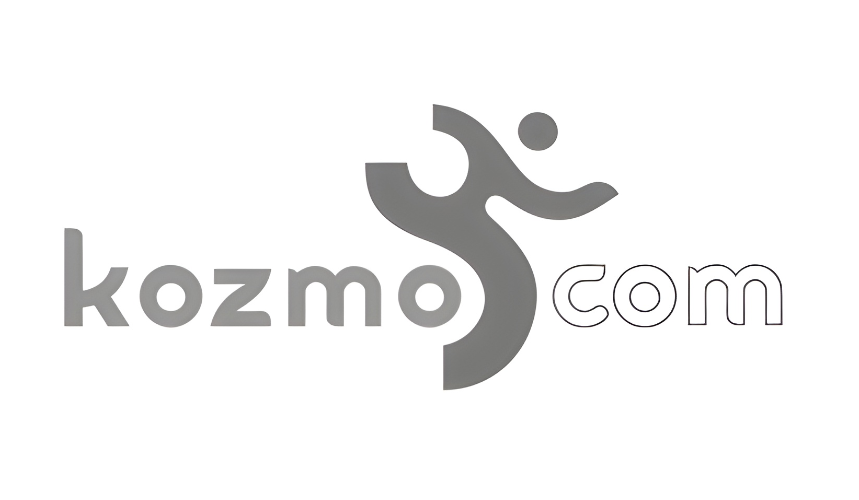Let’s explore same-day delivery and one-hour retail delivery; tracing its origins, milestones, and the strategies key players like Amazon and Target employ to meet consumers’ ever-growing demands. In today’s fast-paced world, convenience is king, and nowhere is this more evident than in the evolution of retail delivery services. What began as a novel concept with the rise and fall of Kozmo.com has transformed into a fiercely competitive landscape dominated by industry giants like Amazon and Target.
The Rise and Fall of Kozmo.com (1998-2001):
Kozmo.com was ahead of its time when it launched in 1998, offering same-day delivery of a wide range of products, from DVDs to snacks, within an hour in some cities. Backed by substantial venture capital funding and riding the dot-com boom, Kozmo.com expanded rapidly, becoming a symbol of the burgeoning e-commerce industry. However, its business model, which relied heavily on free delivery and low-margin items, proved unsustainable. Despite reaching a peak valuation of $800 million, Kozmo.com filed for bankruptcy in 2001, marking a cautionary tale of the challenges inherent in the same-day delivery market. OPSdesign’s founder, Lawrence Shemesh, led Kozmo’s supply chain operations design effort, proving that the one-hour logistics hurdle could be conquered as early as 1999.
Amazon Prime and the Birth of Same-Day Delivery (2005-Present):
Amazon, the undisputed leader in e-commerce, recognized the potential of same-day delivery early on. 2005 the company introduced Amazon Prime, offering unlimited two-day shipping for a flat annual fee. Over the years, Amazon expanded its Prime membership benefits to include same-day delivery in select cities, leveraging its vast network of fulfillment centers and delivery infrastructure. The introduction of Prime Now in 2014 further accelerated the pace of delivery, promising delivery within one or two hours for essential items. This move revolutionized the retail landscape, setting a new standard for convenience and speed in online shopping.
Walmart’s Response and the Rise of Grocery Delivery (2010-Present):
As Amazon continued to dominate the e-commerce space, traditional retailers like Walmart faced increasing pressure to adapt. In response, Walmart launched its own same-day delivery service, leveraging its extensive network of physical stores as fulfillment centers. The acquisition of delivery startups like Parcel further bolstered Walmart’s capabilities, enabling it to offer same-day grocery delivery in select markets. The convergence of online and offline retail channels became increasingly apparent, with grocery delivery emerging as a key battleground for market share. These strategic initiatives demonstrate the resilience and adaptability of traditional retailers in the face of e-commerce giants.
Target’s Circle 360 Program and Enhanced Fulfillment Options (2019-Present): Target, another retail giant, embarked on its own journey to enhance its delivery capabilities with the launch of the Circle 360 program in 2019. Building upon its successful drive-up and order-pickup services, Circle 360 aims to offer a seamless shopping experience across multiple channels, including in-store, online, and same-day delivery. Through strategic partnerships and investments in technology, Target has expanded its same-day delivery offerings, catering to the growing demand for convenience among its customers.
The Role of Technology and Logistics Innovation:
Technology plays a crucial role in enabling same-day and one-hour delivery services behind the scenes. Advancements in logistics software, route optimization algorithms, and real-time tracking systems have streamlined the delivery process, allowing retailers to fulfill orders more efficiently. Additionally, the widespread adoption of gig economy platforms has facilitated the recruitment of on-demand delivery drivers, further reducing delivery times and costs.
Challenges and Future Outlook:
Despite the progress made in same-day and one-hour delivery, several challenges remain. Logistics constraints, including last-mile delivery issues and urban congestion, continue to pose significant hurdles for retailers seeking to meet customer expectations for speed and convenience. Moreover, the sustainability implications of rapid delivery, such as increased carbon emissions and packaging waste, raise important questions about the long-term viability of current delivery models.
Further technological innovations, regulatory developments, and shifting consumer preferences are likely to shape the future of same-day and one-hour retail delivery. Retailers must strike a delicate balance between meeting customer demands for immediacy and ensuring the sustainability of their delivery operations. As the evolution of retail delivery continues, one thing remains clear: convenience will remain paramount in shaping the shopping experiences of tomorrow.
From the pioneering days of Kozmo.com to Amazon’s dominance and the strategic initiatives of retailers like Walmart and Target, the evolution of same-day and one-hour retail delivery has been marked by innovation, competition, and the relentless pursuit of convenience. As consumers increasingly prioritize speed and convenience in their shopping experiences, retailers will continue to invest in technologies and strategies to meet these evolving demands. The journey from Kozmo.com to Amazon Prime and beyond is a testament to the transformative power of same-day delivery in reshaping the retail landscape.


